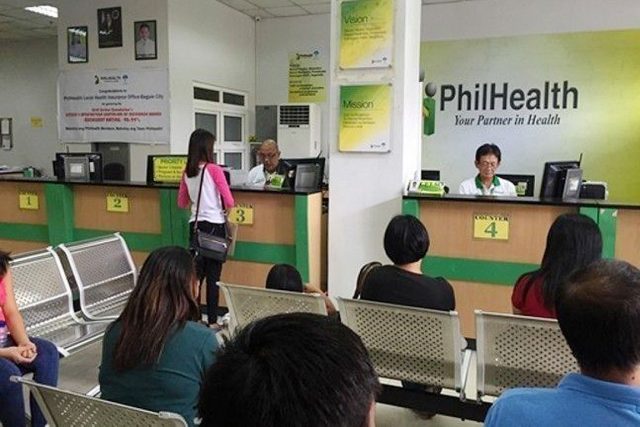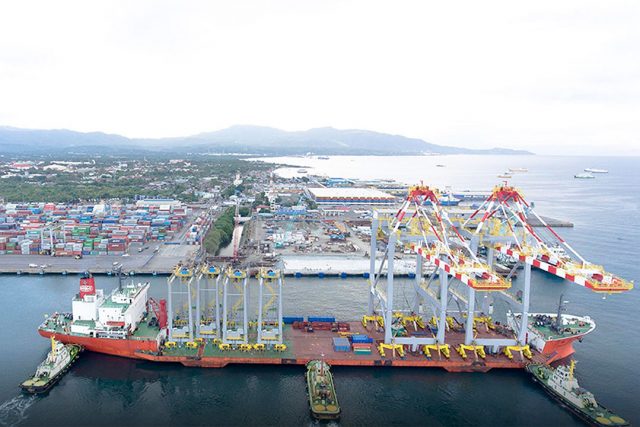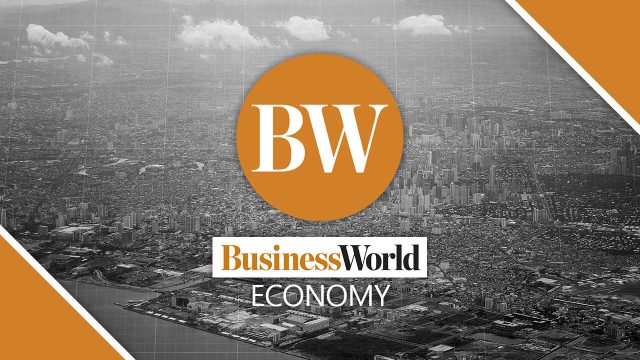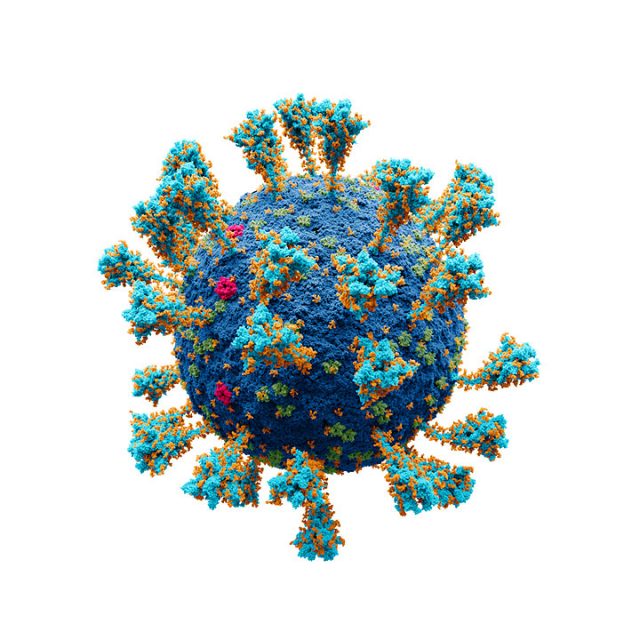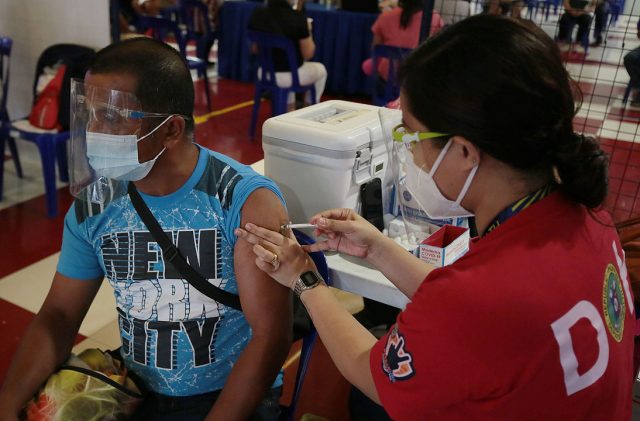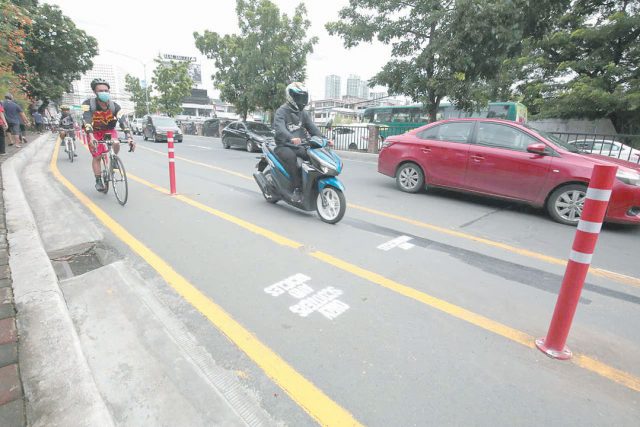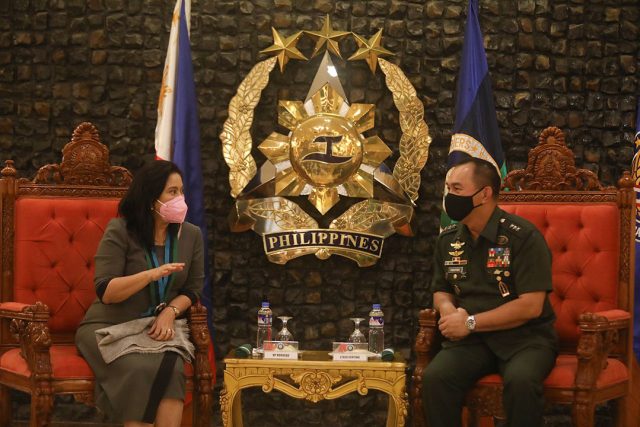By Kyle Aristophere T. Atienza, Reporter
and Russell Louis C. Ku
THE GOVERNMENT should boost its testing capacity and increase funding for containment measures to protect Filipinos from a potential outbreak of the Omicron coronavirus variant, a health expert said on Sunday.
The Health department has yet to reach its ideal testing capacity, with only about 30,000 daily tests done in recent weeks, said Joshua L. San Pedro, a doctor who started the Coalition for People’s Right to Health (CPRH).
“Testing output in the country has been waning, down to about 30,000 a day as opposed to the 90,000 to 100,000 promised by the Department of Health (DoH),” he said in a Facebook Messenger chat.
The country’s testing capacity only increases when there is a spike in infections, Mr. San Pedro said. “Our testing strategy is mostly demand-driven, or relies on people having themselves tested because of their symptoms, instead of an active case-finding system of disease surveillance.”
Twenty-nine provinces still lack an accredited testing laboratory, while three more provinces do not have a public lab, he added.
The Philippines on Friday started suspending flights from South Africa, Botswana, Namibia, Zimbabwe, Lesotho, Eswatini and Mozambique, where the Omicron mutation that is potentially more contagious is present. The Philippine coronavirus task force said it had yet to enforce a travel ban on Hong Kong.
On Sunday, acting presidential spokesman Karlo Alexei B. Nograles said the government had also suspended flights from Austria, Czech Republic, Hungary, The Netherlands, Switzerland, Belgium and Italy.
The variant was first discovered in South Africa and has since been detected in Australia, the United Kingdom, Germany, Israel, Italy, the Czech Republic and Hong Kong.
The Philippine Bureau of Quarantine and local governments have been ordered to find travelers who may have arrived in the past seven days, he said last week.
These travelers must be quarantined at a government-approved facility for two weeks and take an RT-PCR test, he added.
Omicron could pose a greater threat than the Delta variant, which has been causing surges worldwide, according to the World Health Organization. “This variant has a large number of mutations, some of which are concerning,” it said on its website.
“Since the Omicron variant was only discovered recently, detection will rely on our capacity to do genomic sequencing,” Mr. San Pedro said. A smaller testing output means fewer samples for sequencing and a lower chance of detecting variants that are less common in the population, he added.
The doctor said samples sequenced by the Philippine Genome Center only accounted for less than 1% of recorded coronavirus cases in the country. “There remains a need to capacitate more laboratories with genomic surveillance capabilities, which entails a higher health and science budget.”
Testing should be consistent and proactive instead of passive or based on demand, he said.
Too much focus on vaccinations rather than testing is partly to blame for the decline in the country’s testing output, he added.
“It seems that the national response is focusing more on vaccination as the only solution to the pandemic,” he said. “We will still need accessible testing, aggressive contact tracing, immediate quarantine or isolation and prompt treatment especially with the rise of variants like Delta and now Omicron.”
Mr. San Pedro said coronavirus cases have been rising again even in countries with high vaccination rates.
Coronavirus infections have been rising to almost record levels across Europe, prompting some governments to reimpose lockdowns, according to the EU observer.
“Testing should still be a priority in 2022, instead of resting on laurels of vaccination targets which, ironically, are also not being met,” Mr. San Pedro said.
OCTA Research Group fellow Guido P. David said health authorities should identify the strains correctly to formulate better public health containment strategies.
Experts have said the Omicron variant is easy to distinguish from other highly contagious variants since it is linked to a mutation called S-gene dropout, which can be detected in PCR tests.
TRAVEL BAN
“We should look into the RT-PCR test that tests for the S-gene to help us track the Omicron,” Mr. David said in a Facebook Messenger chat. “The S-gene dropout in some RT-PCR test kits would help us identify Omicron cases even without genome sequencing.”
The Philippines should also expand its travel ban to prevent local transmission, Mr. David said.
Fully vaccinated people from countries not required to get a Philippine visa may enter the country from Dec. 1 to 15, the government said on Friday.
Travelers from so-called non-visa-required countries must have exclusively stayed in an area tagged as low-risk from the coronavirus for two weeks, it said.
Qualified foreign tourists will not be quarantined if they test negative for the coronavirus within 72 hours before their departure from the country of origin, it added. They should self-monitor for symptoms until the 14th day from their arrival.
The emergence of the Omicron coronavirus variant is a reminder that the pandemic is not yet over, and authorities should continue to prioritize containing the coronavirus, said John Paolo R. Rivera, an associate director of the Dr. Andrew L. Tan Center for Tourism at the Asian Institute of Management.
“We are ready if herd immunity has been achieved and more than the target population has been vaccinated and the vaccination and booster shots are sustained,” he said in a Viber message.
Mr. Rivera said the government should sustain the gains so another lockdown, which would disrupt the momentum of economic recovery, could be avoided.
The government should continue to enforce travel restrictions to prevent the spread of the Omicron variant, Tourism Congress of the Philippines (TCP) President Jose C. Clemente III said in a Viber message.
“There is still much to be discovered about the new strain as far as infection and mortality rates, symptoms and effects are concerned, but we do advocate a conservative and cautious approach in dealing with it,” he added.
The Philippines relaxed pandemic rules after containing a spike in infections that exhausted hospitals.
The country had an average of 954 cases daily from Nov. 21 to 27, lower than 1,346 daily cases from Nov. 14 to 20, Mr. David said. The country’s average daily attack rate was also low.
Metro Manila had an average of 241 cases daily from Nov. 21 to 27, or 25% of the nationwide total, Mr. David said. “If the trends continue, new cases are projected to decrease to less than 500 per day by the December holidays.”

